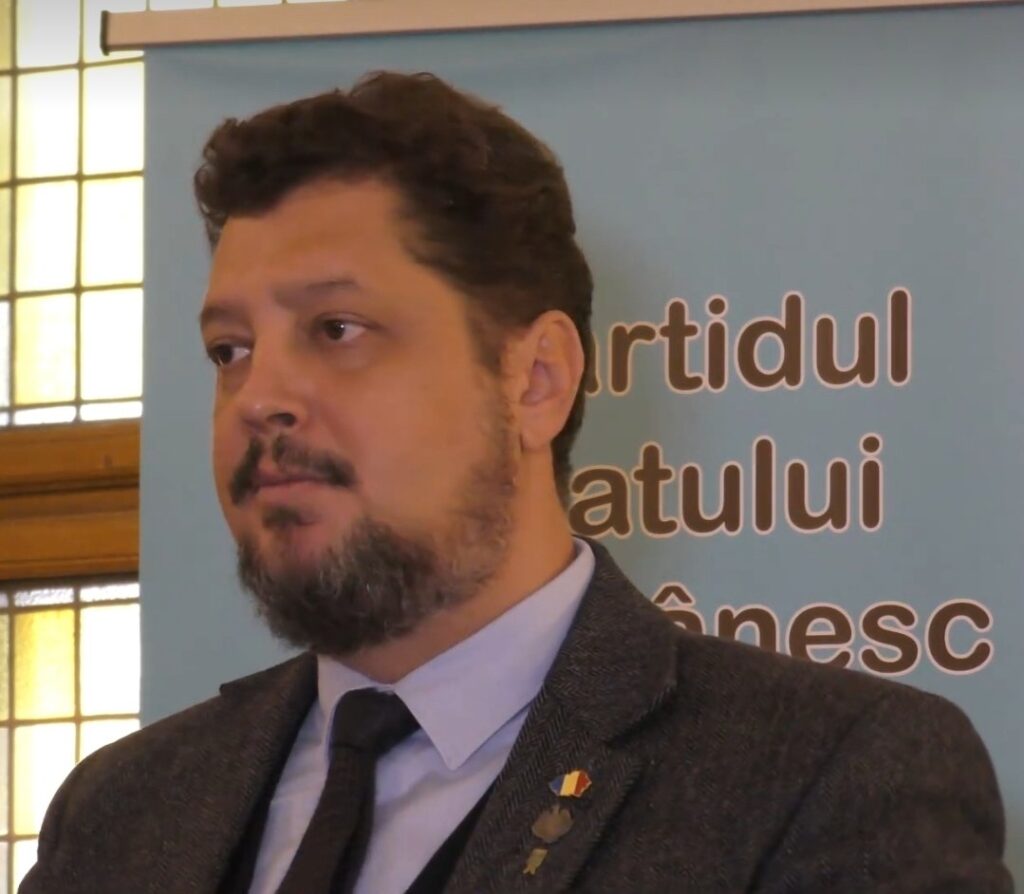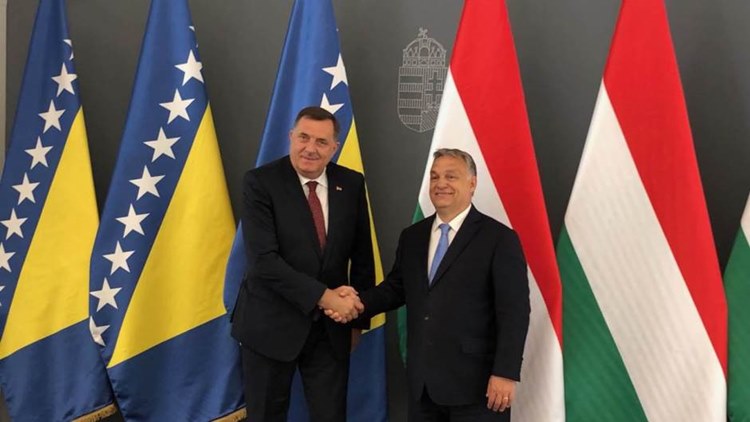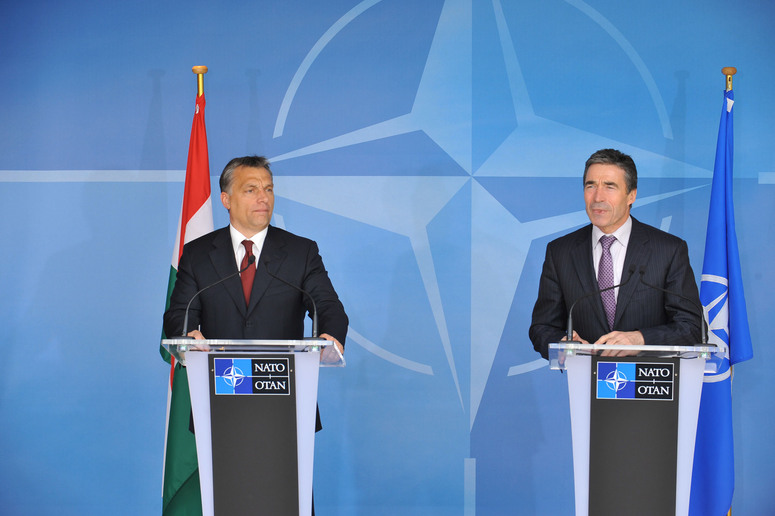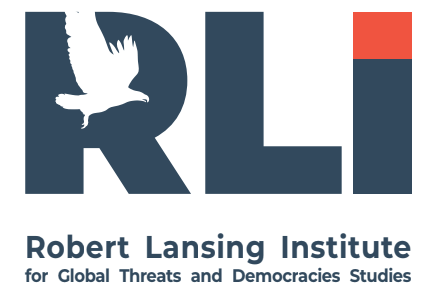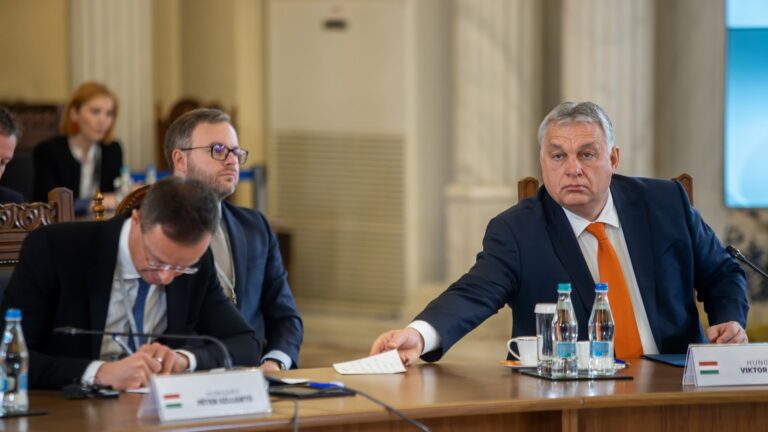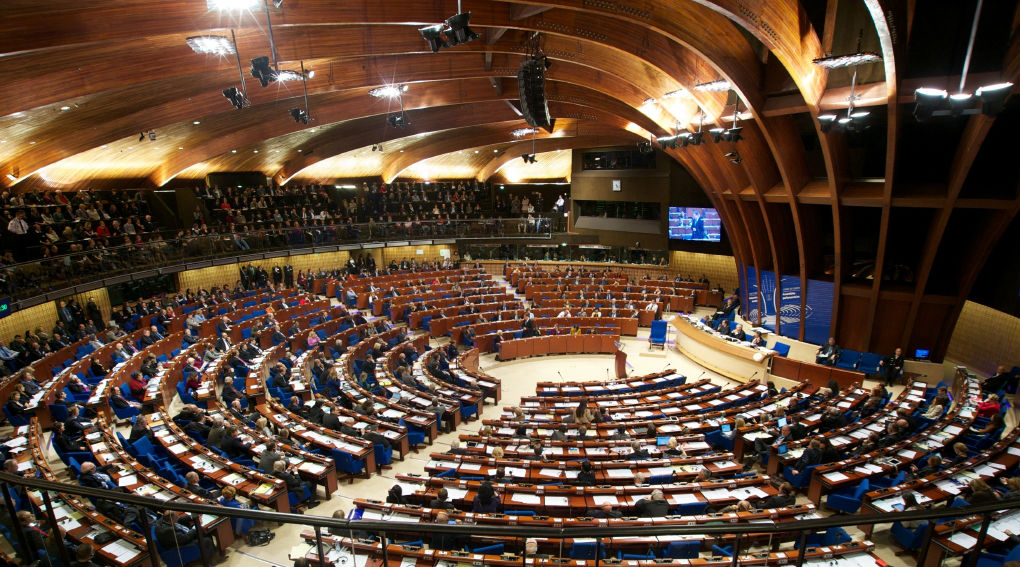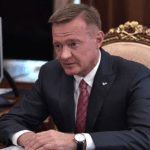Hungarian Prime Minister Viktor Orbán’s visit to Romania—specifically to Transylvania, a region with a significant ethnic Hungarian and Székely (Szekler) population—was marked by controversial rhetoric affirming Budapest’s support for Hungarian minorities abroad. While Orbán framed his statement as a cultural and identity-related gesture, the undertone of his message echoed a well-established irredentist narrative. In the context of growing regional instability and Russia’s interest in fragmenting NATO and the EU from within, Orbán’s remarks warrant deep scrutiny.
I. Orbán’s Statement: What Was Said and What It Signals
During his speech in Transylvania, Orbán emphasized:
- Hungary’s unwavering commitment to ethnic Hungarians abroad,
- the need to preserve their identity, language, and autonomy,
- criticism of attempts to “assimilate” Hungarian minorities in neighboring countries,
- calls for “historical reconciliation” through “self-determination” and cultural autonomy.
Although couched in soft-power language, these messages are not new. Orbán has long pursued a pan-Hungarian policy that promotes ethnic Hungarian identity beyond Hungary’s borders, offering dual citizenship and political representation through Fidesz-aligned diaspora organizations.
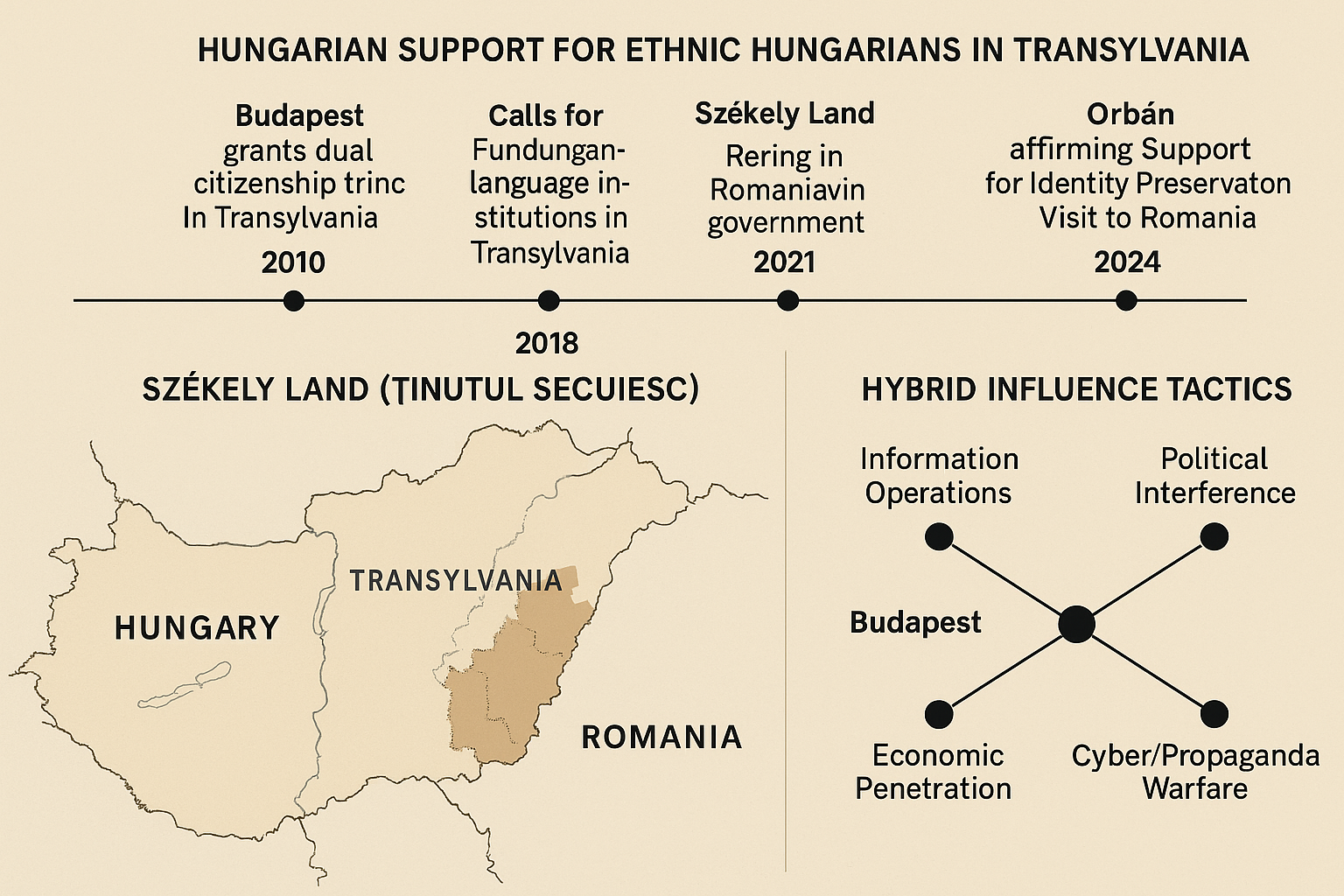
The context of delivering this message in Romania—a NATO and EU partner increasingly at odds with Orbán’s pro-Russian tilt—adds geopolitical weight. His reference to Transylvania’s Hungarian communities is a direct nod to the Székely Land (Ținutul Secuiesc), an area with historical demands for autonomy.
II. Székely Land and Hungarian Territorial Sentiment
The Székely Land is a culturally distinct area within Romania’s Harghita, Covasna, and parts of Mureș counties, with a Székely (Hungarian) majority. While Hungary officially recognizes Romania’s borders, Budapest’s actions suggest a parallel policy of informal ethnic patronage and soft irredentism:
- Funding for Hungarian-language schools and cultural institutions in Transylvania.
- Granting Hungarian citizenship and voting rights to ethnic Hungarians in Romania.
- Political backing for Székely autonomy movements, often framed as “minority rights.”
Orbán’s speech strengthens the suspicion that Hungary is subtly reasserting claims over former territories lost in the 1920 Trianon Treaty, without formal revisionism. It reflects a strategic ambiguity that keeps the nationalist base mobilized at home while undermining neighboring states’ sovereignty from within.
III. Possible Indicators of Future Hungarian Hybrid Operations in Romania
Orbán’s rhetoric is not merely symbolic—it can be a precursor to a broader hybrid campaign that may include:
- Information Operations: Amplifying narratives of discrimination against Hungarian minorities in Romanian media spaces and international forums.
- Political Interference: Supporting pro-Hungarian local parties in Romania (like the Democratic Alliance of Hungarians in Romania – UDMR), possibly seeking more aggressive autonomy agendas.
- Economic Penetration: Channeling funds through Hungarian consulates or organizations to solidify loyalty among ethnic Hungarians and encourage economic dependence.
- Cyber/Propaganda Warfare: Promoting irredentist and nationalist content via social media, reminiscent of Russia’s tactics in Crimea and Donbas.
- Education & Cultural Diplomacy: Intensifying soft power through Hungarian-funded institutions and history revisionism in schools across Transylvania.
IV. Scenarios of Rising Tensions Between Hungary and Romania
- Autonomy Push: UDMR, emboldened by Orbán’s support, renews legislative proposals for Székely autonomy. Bucharest reacts firmly, causing diplomatic strain.
- Citizenship Crisis: Hungary rapidly increases issuance of Hungarian passports to Transylvanian Hungarians. Romania protests, citing sovereignty violation and fears of dual loyalty.
- Election Interference: Budapest covertly supports Romanian politicians favorable to Hungarian agendas, potentially undermining Romania’s national cohesion.
- Border Symbolism: Hungarian officials publicly commemorate Trianon near the border or in Transylvania, leading to nationalist protests in Romania.
- Security Incident: Provocative actions such as the raising of Hungarian flags on Romanian institutions or alleged harassment of Hungarian speakers could be used to justify increased Hungarian “protection” rhetoric.
V. Russia’s Leverage: Exploiting the Divide to Undermine NATO and EU Unity
Moscow stands to benefit enormously from a deteriorating relationship between Hungary and Romania:
- Divide and Weaken NATO: Both countries are key NATO members on the eastern flank. Increased bilateral hostility would disrupt joint defense planning and regional military coordination, especially regarding Black Sea security and Ukraine.
- Distract and Fragment the EU: Hungary can act as Russia’s Trojan horse in EU policymaking. By provoking Romania, Budapest may stall collective action on sanctions, defense coordination, or energy policy.
- Create a Balkan Domino: Russia could use Hungarian irredentism as a model to encourage similar separatist sentiment in Moldova (Gagauzia, Transnistria), Serbia (Republika Srpska in Bosnia), and even Slovakia, further destabilizing Central and Eastern Europe.
- Hybrid War Mimicry: Hungary could replicate aspects of Russia’s Crimea playbook—citizenship distribution, media manipulation, and cultural grievance exploitation—thus normalizing “gray zone” strategies within NATO’s borders.
Conclusion and Strategic Recommendations
Viktor Orbán’s Transylvania speech is more than ethnic posturing—it may represent the opening salvo in a long-term hybrid campaign. Romania and its allies must recognize the pattern and prepare accordingly:
- Strengthen Internal Resilience: Bolster civic education, minority integration, and media literacy in Transylvania.
- Diplomatic Engagement: Increase bilateral pressure and EU-level scrutiny on Hungary’s minority policies and cross-border influence.
- Monitor Hybrid Indicators: Intelligence agencies should track Hungarian funding, dual citizenship trends, and potential disinformation campaigns.
- NATO Awareness: Encourage joint NATO-Hungary-Romania threat assessments to prevent mutual suspicion from escalating into crisis.
- Counter-Russian Exploitation: Ensure Russia cannot exploit intra-NATO disagreements through cyber, diplomatic, or proxy channels.
Orbán’s remarks in Romania reflect an evolving strategy that blends nationalism, identity politics, and geopolitical maneuvering. While still within the realm of soft power, the trajectory raises alarm bells for regional stability. It is essential for Romania—and the broader Euro-Atlantic community—to treat Orbán’s cultural diplomacy not as a benign assertion of identity, but as a potentially destabilizing vector in a multipolar hybrid battlefield.

More on this story: Romania at risk after the Senate decides on the Szekely Land autonomy
